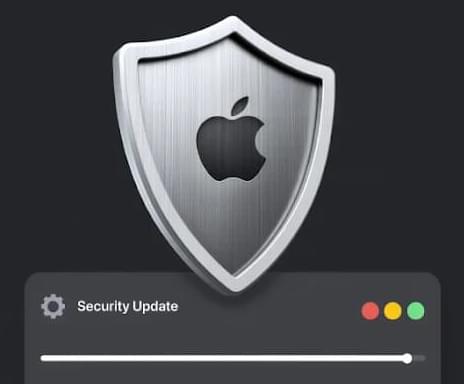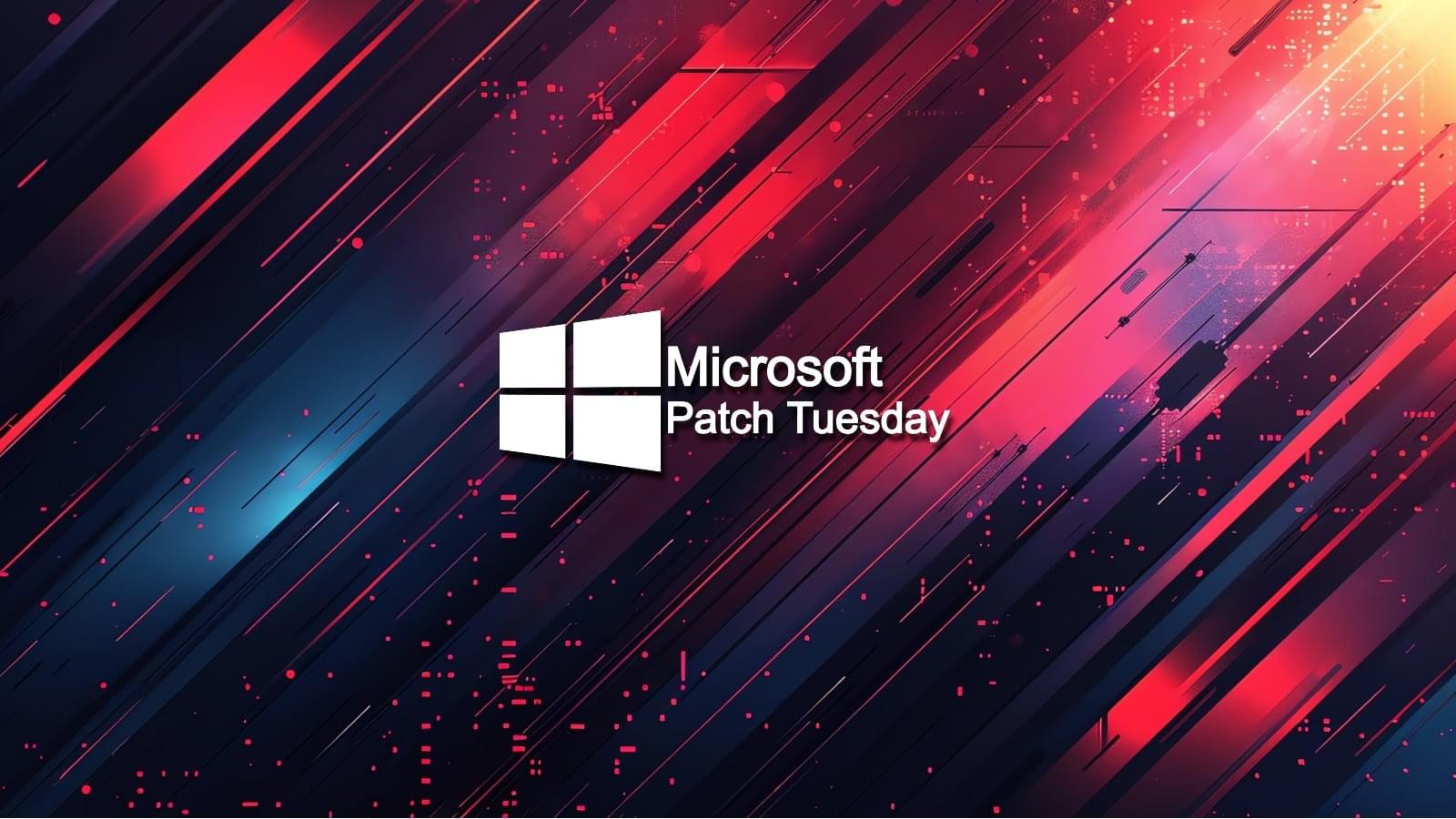Google is discontinuing its “dark web report” security tool, stating that it wants to focus on other tools it believes are more helpful.
Google’s dark web report tool is a security feature that notifies users if their email address or other personal information was found on the dark web.
After Google scans the dark web and identifies your personal information, it will notify you where the data was found and what type of data was exposed, encouraging users to take action to protect their data.








